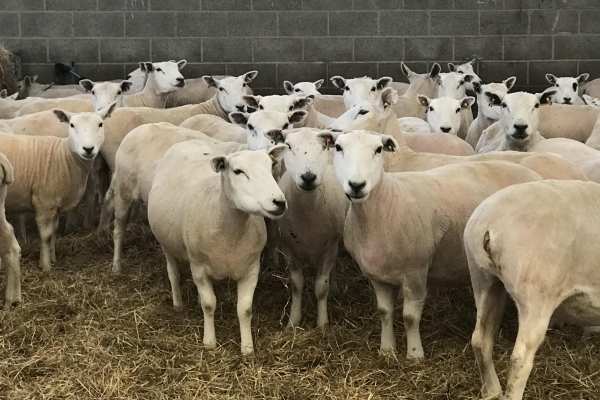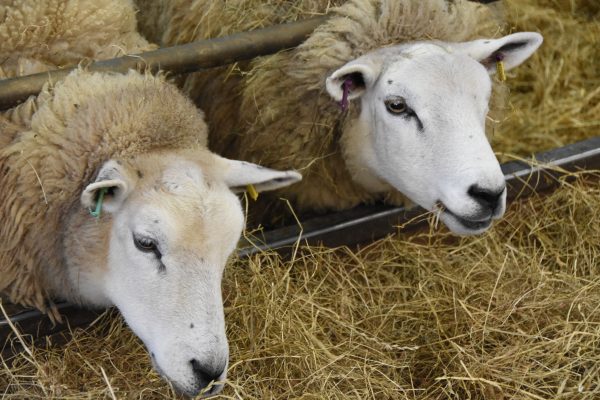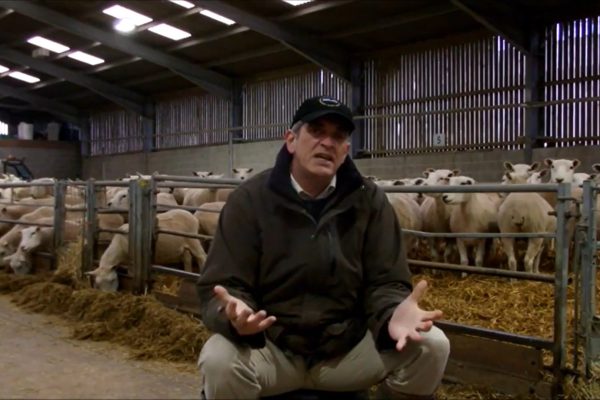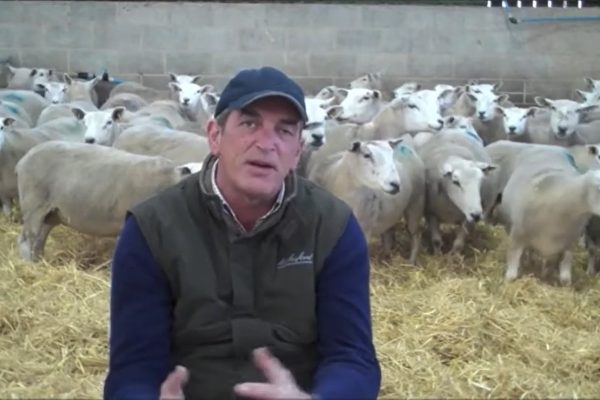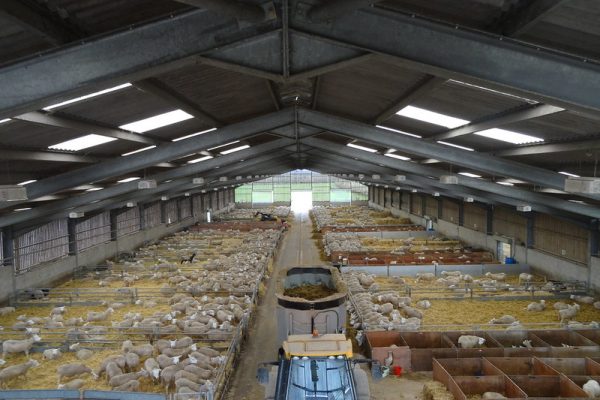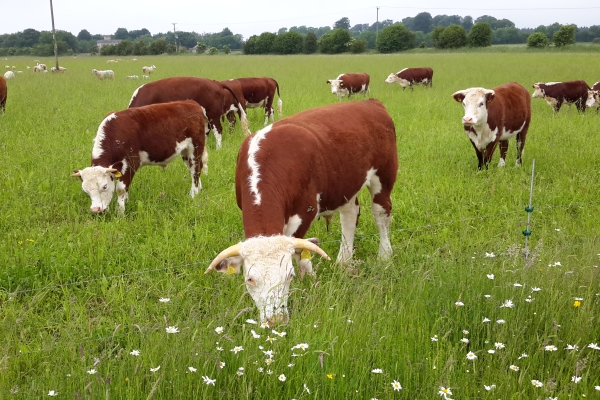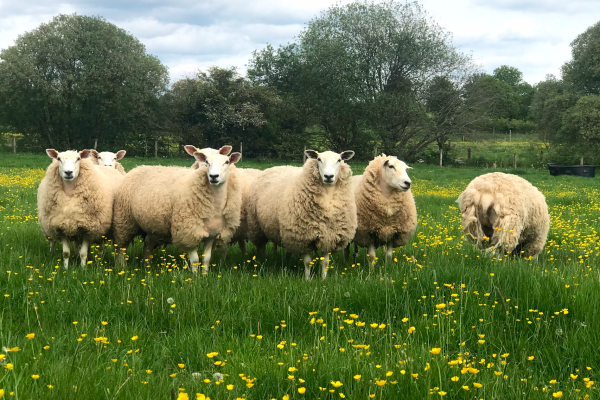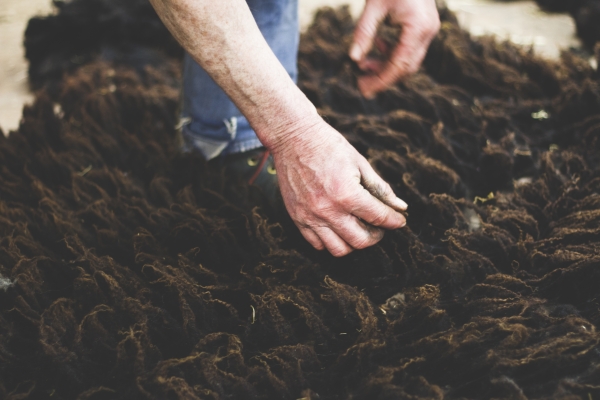Preparing ewes for tupping
- Richard explains that the lambs at Daylesford Farm are weaned from mid-August and the ewes, having worked hard all summer to rear the lambs, are likely to be in low condition.
- When building the condition of the ewes for tupping, it is important to get them onto a rising plane of nutrition. If a ewe conceives a lamb and is then put onto poor quality forage she could reabsorb the lamb which can negatively affect end lambing percentages.
- Richard explains how he condition scores his ewes regularly to try and achieve even condition, which is extremely important. A body weight of around 70kg is ideal at tupping time.
- Ewes with a condition score of three go into one mob, and anything with a score of 2 – 2.5 will be put onto better grazing to improve their condition. Anything that is over-fat will be grazed on less nutritious fields.
- Having ewes on a rising plane of nutrition when the tups go out will make a huge difference to lambing percentages. Richard says that last year he scanned at 195% and lambed at 189% which is very good.
- It’s important to find out which minerals are missing on your farm. Richard gives his ewes a bolus containing selenium and cobalt and he says the condition of the ewes immediately alters for the better. Bolus treatments are given to the sheep twice a year – once in September and again in February.
- Although the condition of the ewes is paramount, it is also vital that the tups are in good condition. Check their feet – “you can judge a good farm by the way the tups are walking on their feet.”
The information contained above reflects the views of the author/s and does not necessarily reflect that of Agricology and its partners.
Related articles
In this month's Agricology vlog, Richard Smith talks to us about scanning 1,200 Lleyn sheep at Daylesford Organic Farm with Bob Tofield.
Richard Smith, Farms Manager at Daylesford Organic, discusses why good breeding can reduce the need for additional inputs when housing sheep over winter.
In January's Agricology vlog, Richard Smith of Daylesford Farm discusses the forage he uses to feed his flock of commercial Lleyn Sheep.
This month Richard is in the sheep barn talking about the sheep enterprise at Daylesford.
Watch our March video blog and meet the commercial flock of Lleyn ewes Richard Smith manages at Daylesford Organic Farm.
Lee Holdstock from the Soil Association provides insight into the current state of the UK organic meat market, reflecting on the third Organic Meat Forum...
Louise King, Reserve Manager at Chimney Meadows Nature Reserve, explains how they are using low-input livestock breeds to manage their grasslands for wildlife, forage and...
Helen Chesshire from the Woodland Trust describes a research study by Bangor University which is using robots to investigate the effect of trees and shelterbelts...
In this month's Agricology vlog, Richard Smith discusses how he monitors the internal parasites of the sheep to reduce the need for drenching.
Emma Hague asks why are food and fibre systems not generally considered within the same systems and conversations, and what can be done to develop...




